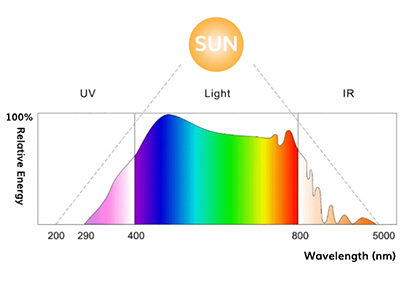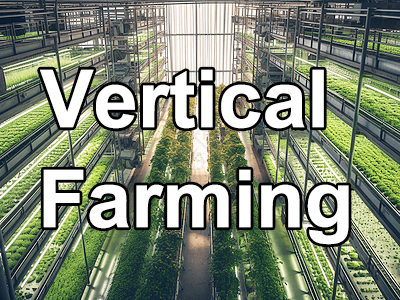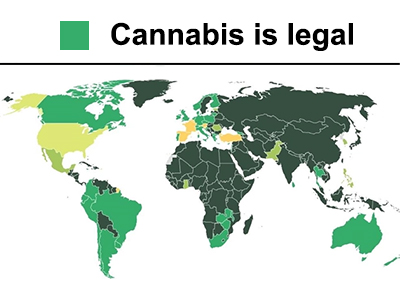Which cultivation method produces the best hemp? -Outdoors, indoors or in a greenhouse in the sun. This is an analysis of pros and cons.
Hawaii has plenty of sunshine, a pleasant climate, and one of the richest volcanic soils, suitable for growing cannabis outdoors. However, the medical marijuana regulations recently enacted by Hawaii's official agencies require that all marijuana in dispensaries must be grown indoors.
In many other states in the United States where cannabis is legally used, it is also prohibited to grow cannabis outdoors. Even in sunny California, the authorities can choose to require cannabis to be grown indoors. Most of the cannabis sold in medical marijuana dispensaries is grown under artificial lighting. Indoor cultivation is very popular among cannabis users, who prefer the appearance of buds when buying weeds. The appearance of the bud usually refers to the trimmed and cured cannabis flower with the correct appearance, smell and striking variety name combination, which resonates medically among patients, white-collar smokers and weed snobs.
Most crops in the world are grown entirely outdoors: for example, grapes make wine. Not long ago, hemp was also grown exclusively outdoors. This situation has changed due to the prohibition of the use and cultivation of cannabis in some areas. Growing cannabis outdoors is extremely difficult, but growing cannabis indoors has been greatly enhanced. Law enforcement agencies frequently conduct raids against outdoor gardeners, unintentionally promoting the development of innovative products and equipment in the cottage industry, which are used to grow hemp indoors-various nutrients, substrates, special lights and various control temperature and humidity device of. Cannabis is a multi-purpose plant that can grow in a day-night cycle or a 24-hour cycle, which is very suitable for new indoor environments.
But, which growing method produces the best marijuana in the sun or indoors? Is there a significant difference in quality between the two? Some marijuana users swear the best indoors. Others like outdoor activities. This is a summary of the advantages and disadvantages of each:
Advantages of growing outdoors in the sun
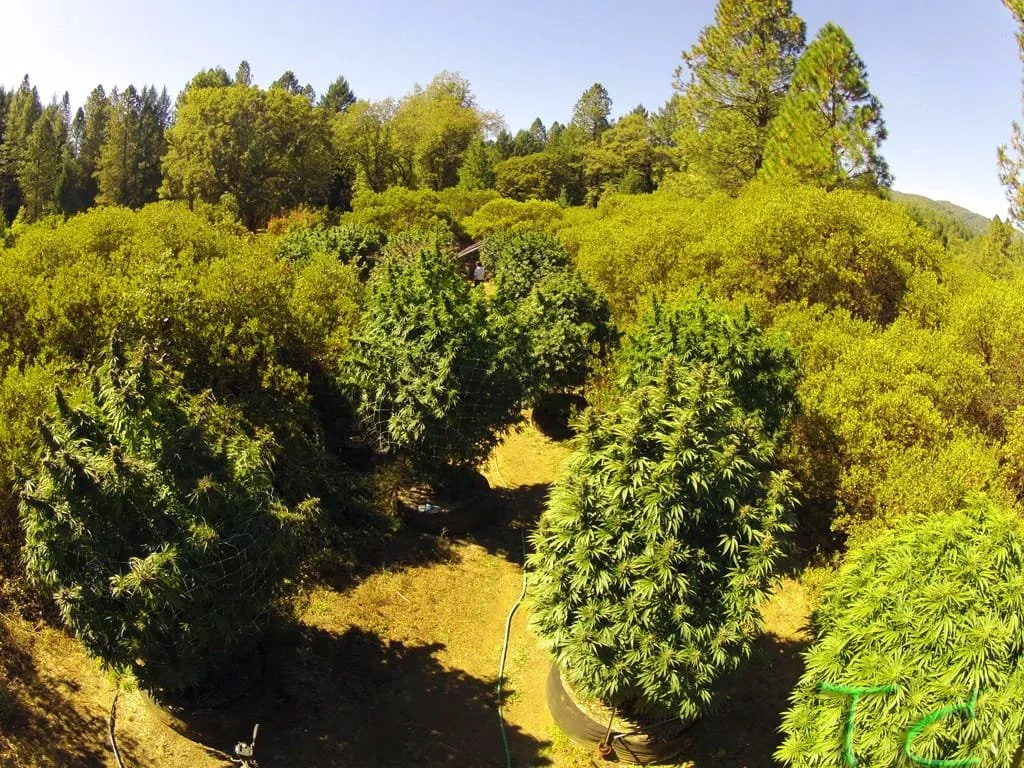
1. Low carbon footprint and lower costs. Compared with plants grown indoors, hemp grown in the sun requires fewer resources and lower production costs. When growing in the sun, the natural environment is used as a fuel for growth, without artificial high-intensity light. Compared with indoor cannabis, plants grown in the sun generally require less soil amendments, fertilizers, pesticides and fungicides. Using electricity and water indoors is very expensive. Although indoor growers can use sustainable energy solutions such as solar energy, hemp grown in the sun (which has a much smaller carbon footprint) will always dominate the sustainable competition.
2. Supplement the natural cycle of plant life. For millions of years, photosynthetic plants have grown and prospered under sunlight. Scientists report that the production of cannabinoids and terpenes is higher under ambient light. Natural light is much more complicated than the best light imitates. Unlike indoor plants, outdoor cannabis is exposed to the full spectrum of the sun, moon, and stars. Outdoor farming can also achieve natural ventilation and air circulation; no electric fan is required. When growing hemp indoors, it is impossible to replicate the highest design of nature.
3. Ecology and resilience. In order to adapt to local conditions, local varieties from specific biological areas (Acapulcokin, Panama Red, etc.) have adapted to local pests and other threats. Since outdoor crops are part of the ecosystem, plants interact with elements, which helps increase flexibility and resist temperature fluctuations and potential attacks. Healthy plants are generally less susceptible to mold, fungus and predators. Organic farming methods can preserve carbon and help offset global warming to preserve and enhance complex soil organisms. . By growing outdoors, farmers have more freedom to implement sustainable planting methods, such as permaculture techniques with companion plants. These methods use various natural techniques to maintain a thriving ecosystem: intercropping (using plants that supplement cannabis), planting ground cover plants (retaining water and nutrients), and introducing beneficial insects. Companion plants avoid the growth of monoculture, and introduce multiple plants to implement complementary natural pest management, thereby contributing to the formation of a diverse and healthy ecosystem. This is possible to some extent in indoor growth, but opportunities for perpetual cultivation techniques are limited indoors.
4. Therapeutic gardening. Growers who deal with plants in the sun can get a lot of natural remedies just outside. This is especially important in societies where people are often disconnected from the natural environment. Going abroad can help balance this deficit. Sunlight is naturally therapeutic and an important source of vitamin D, even more. According to an October 2016 study published in the Journal of Internal Medicine, lack of sunlight may be as harmful to human health as smoking. Outdoor cannabis growers can also benefit from a symphony of organic smells and aromas bathed in the local territory. Plants respond to stress in the environment by releasing odorous compounds called terpenes to communicate with each other and their cohabitants (especially insects). The smell of some plants attracts beneficial insects. Others reject natural enemies.
Fortunately, many of the same compounds produced by plants under stress have medicinal properties that help humans cope with stress.
Advantages of growing indoors
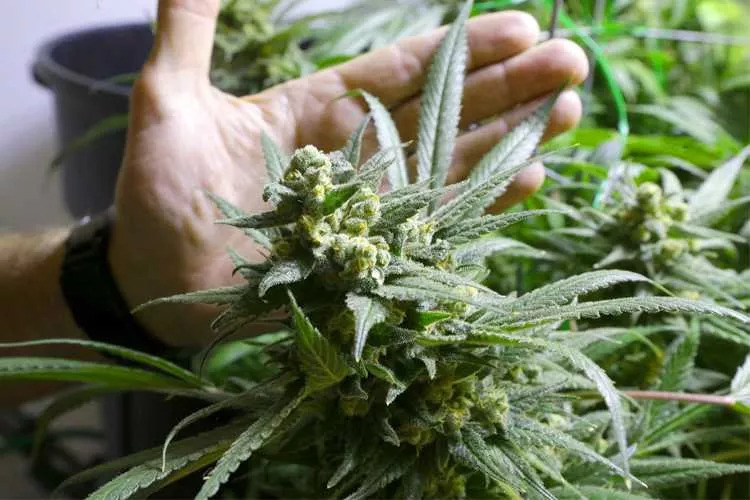
1. Harvest throughout the year. Indoor planting is not seasonal. With the right equipment, indoor growers can theoretically grow hemp anytime, anywhere. They are not restricted by adverse environmental conditions, which may affect outdoor growers who can only grow in favorable climates. Indoor cannabis cultivation can grow year-round in uninhabitable areas. If the plants are outdoors, humidity and rain will increase the possibility of fungal infection and disease. Although the yield of indoor plants is usually less than that of a considerable number of outdoor plants, the yield of a variety of indoor crops throughout the summer will be higher than that of outdoor gardens in summer.
2. Control growth conditions. Indoor cannabis plants are more sensitive than outdoor plants. Therefore, growers must carefully monitor and adjust various factors in closed indoor planting rooms. Experienced growers can control all aspects of light, airflow, substrate and nutrients that affect plants. Done it right, this creates an ideal environment for breeding, research and development purposes, and preservation of unique genetic genes. For example, if the hemp crop has an attractive purple that consumers prefer, indoor production can focus on that characteristic and fine-tune it in the offspring of the plant's life cycle.
3. Product standardization. As the cannabis industry matures, it will require standardized consistency and predictability. And has been recognized in the pharmaceutical field. Standardization is necessary for reliable and reproducible products, which can be studied during clinical trials. In order to meet such standards and protect plants from harmful effects, there must be regularity and consistency in all aspects of the growth process (water, light, humidity, pest management, etc.). This can be very challenging even for the most attentive outdoor growers because it is difficult to control humidity, fungal infestation and other environmental factors that may adversely affect cannabis in the sun.
4. Production of "fine products". Cannabis consumers want good-looking products with a star-like smell. The pharmacy will choose the best-looking medicine when displaying the cured cannabis flower. Experienced outdoor growers can carefully handle various environmental factors to highlight the desired characteristics so that cannabis looks wonderful and exudes charm. When hemp enters the market, this is passed on to more valuable products. A common confusion is that cannabis grown indoors is more potent than cannabis grown in the sun. However, the consumer price of indoor cannabis is often higher than that of cannabis grown in the sun, which has lower production costs. Outdoor growers can grow crops with minimal expenses, less equipment and less electricity, but lower prices do not necessarily mean lower quality medicines. Again, this is mainly a matter of perception and appearance.
The best of both worlds: Greenhouse Cultivation
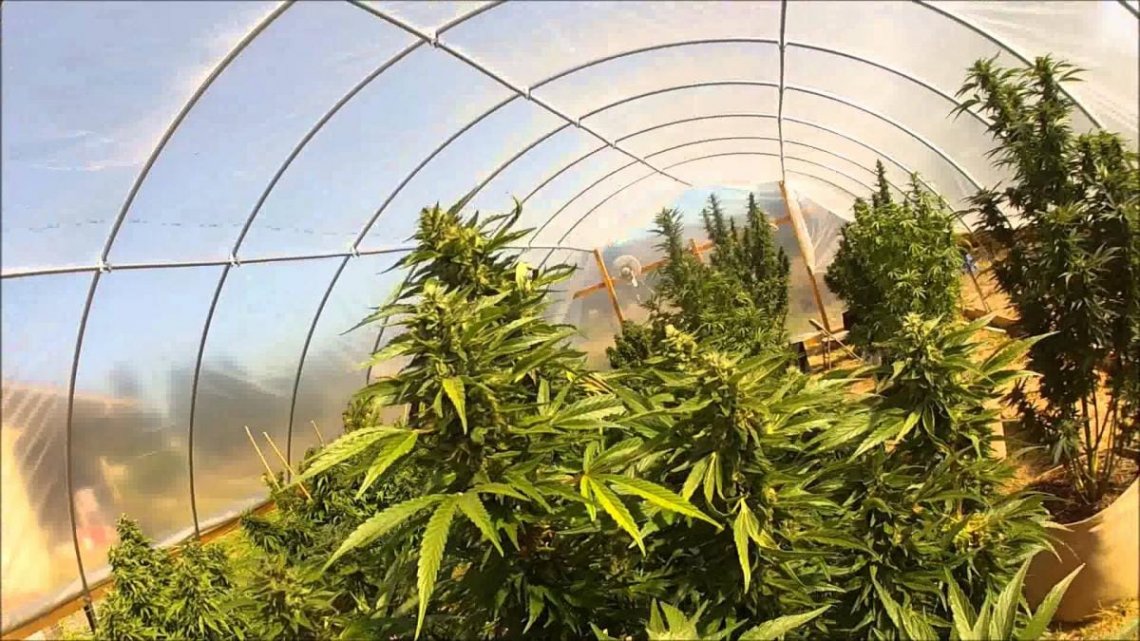
There is a third option to grow hemp, which combines the advantages of indoor and outdoor. Cannabis is very successful in well-designed greenhouses. Greenhouse planting can take advantage of the sunlight throughout the year, while allowing experienced gardeners to precisely control environmental factors to protect plants from pollution and intrusion. It is also possible to use a technology called "Light Deprivation" ("light dep") to manipulate the sun's rays. This technology can change the daily growth cycle in the greenhouse, allowing farmers to plant three to four types crop. Every year-and indoor growth, but not excessive consumption of electricity.
I hope the above consultation will help you. If you need LED grow lights, we will do our best to help you and answer your doubts. Please contact us, thank you, and wish you a good harvest.
Source: https://www.projectcbd.org/outdoor-vs-indoor-cannabis-cultivation





















